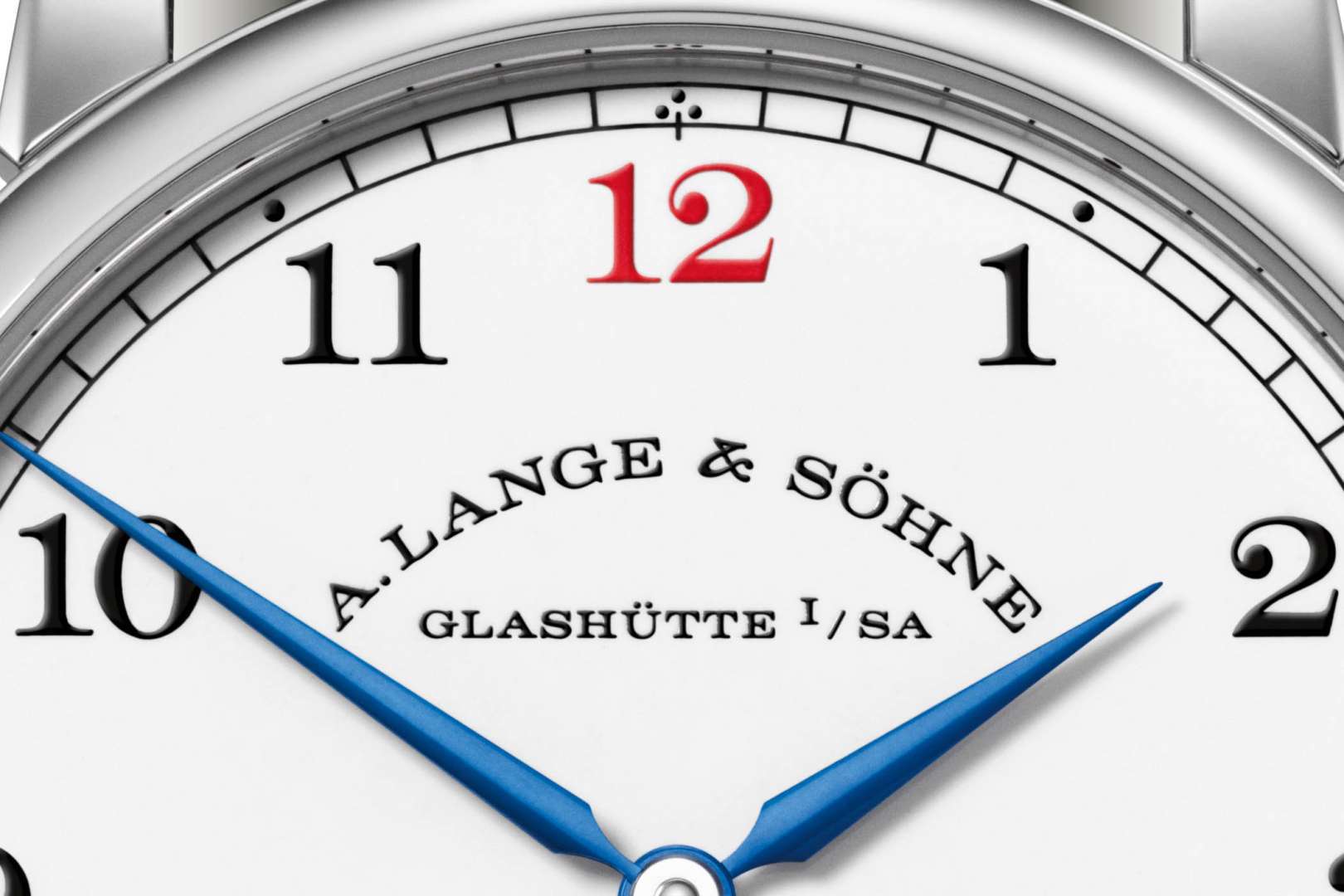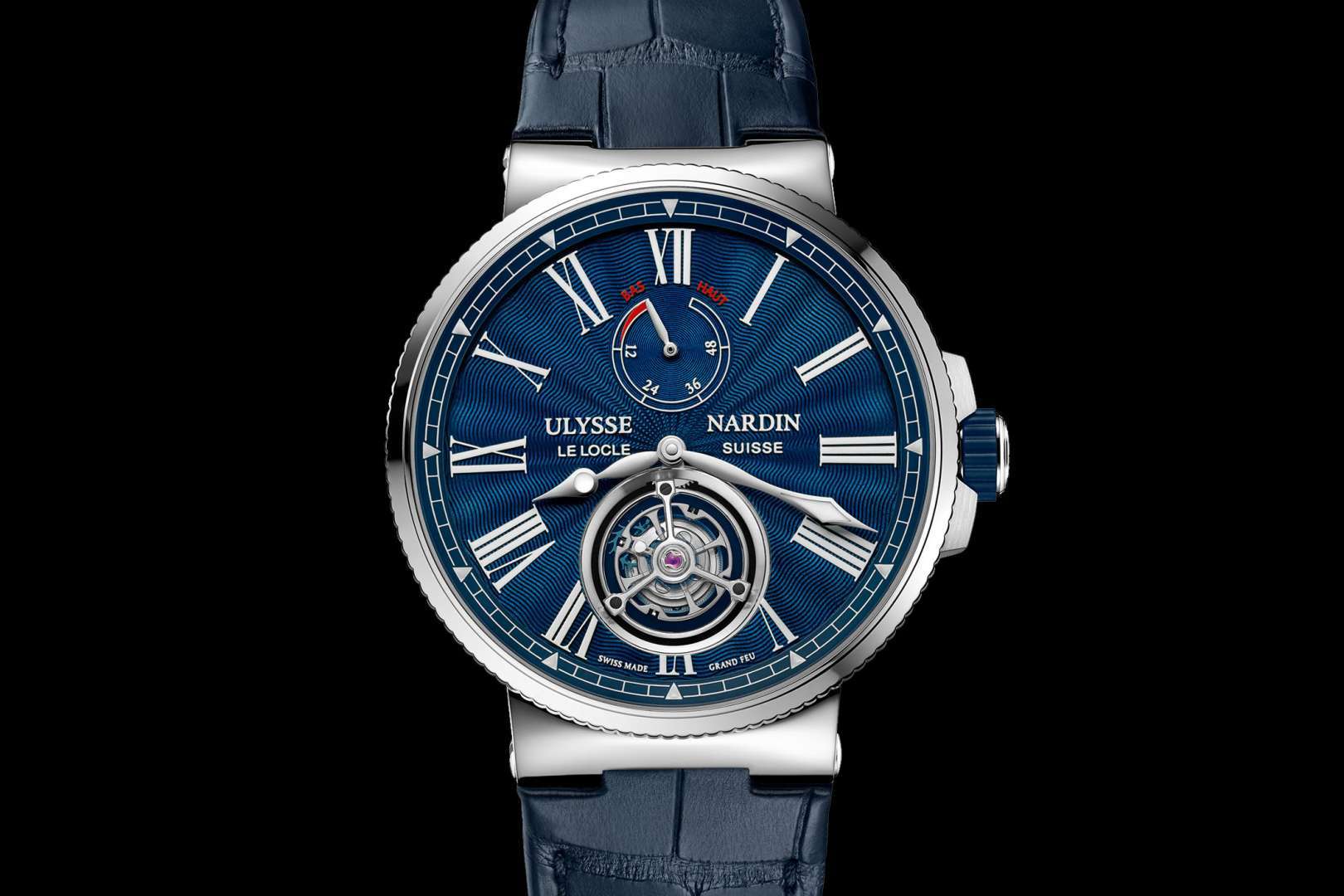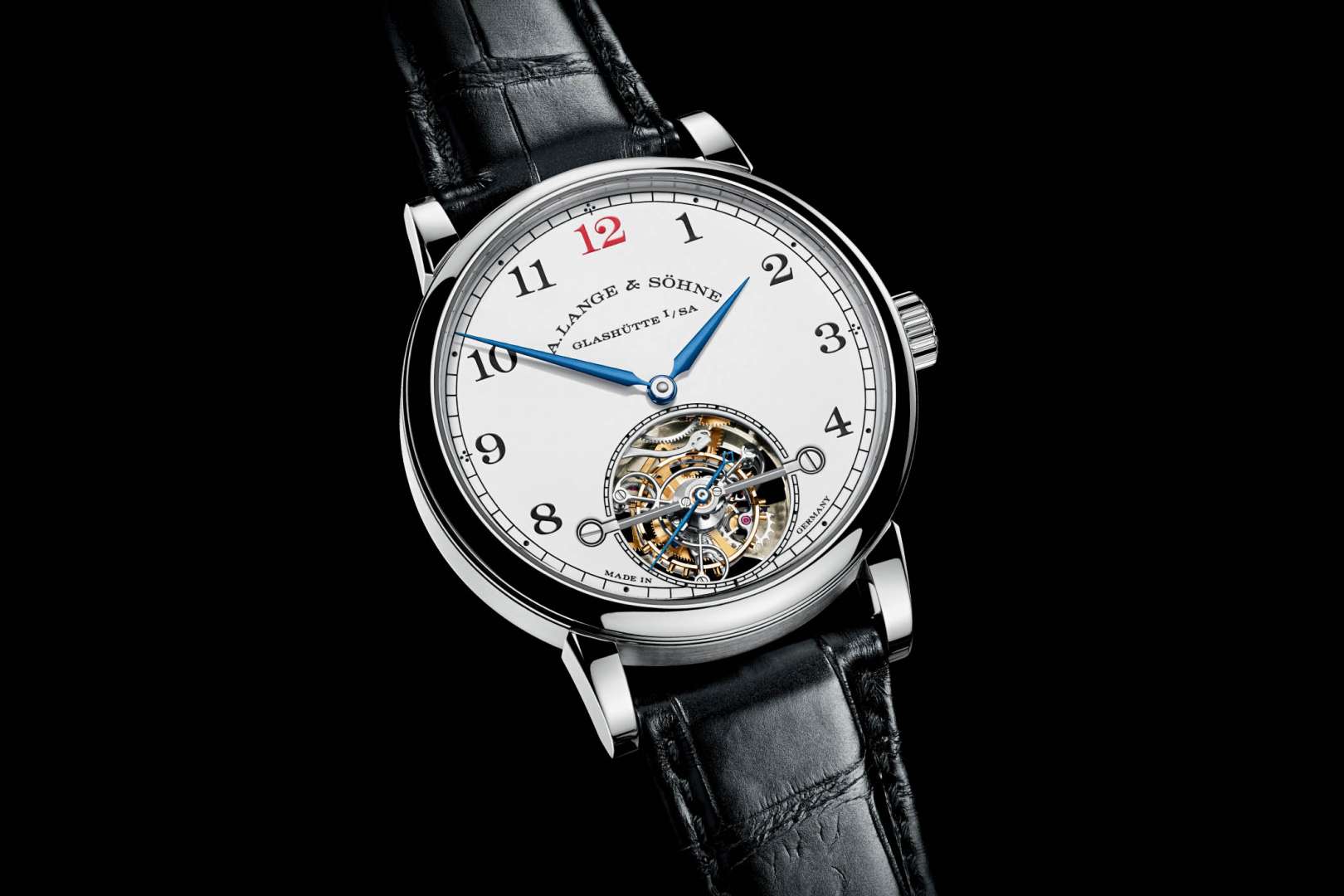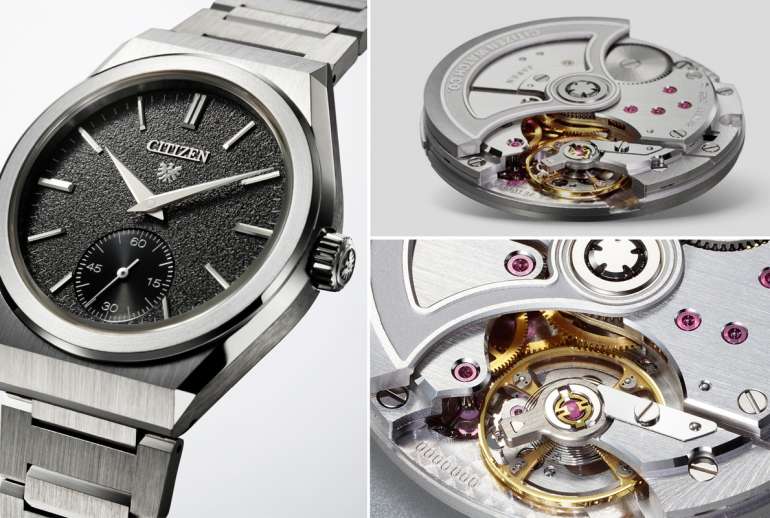Of the many kind of dials that a watch can have, enamel dials are the most prestigious ones, because of the artistic and artisanal approach it has. A very painful process, with a million heart-breaks (when enamel cracks, you have to re-do the entire production process), dials made from enamel can have a very long life.
Enamel dials have been around since the 17th century – the art of making them is almost as old as the craft of watchmaking. In simple terms, to make an enamel dial, enamel is applied to a metal disk and then kept in a hot oven to set, the enamel bonds with the metal and you have a super-smooth and luscious dial. To spice it up, you can opt for the “Grand Feu” enamel – which is a decorative technique (most difficult technique), and it offers longevity.
The depth of enamel dials
If you look it up, you will discover that enamel is simply a soft glass that you get from silica that has been mixed with some other compounds. The artisan gathers all the raw materials like red lead and soda ash, and heats it all up in a melting pot. The mixture melts to form a colorless liquid that is resembles a sleek crystal.
When you mix in other elements to the molten mixture, you can make variations like intense hues – adding cobalt gives us a blue enamel, adding chromium give a green enamel and adding iodine gives is a fiery red color. It takes about fourteen hours of fusing in the kiln, and only then the colored enamel can be used.
If you want a transparent enamel, the artisan typically pours out the molten liquid onto a flat piece of cast iron. For opaque types, they use a cast iron mold. To give you a sense of how it’s done, molten enamel sets as a glass-like plate and this can be either broken down to a crystal form or you can grind it to a rudimentary powder.
Once the enamel is with the enamellist – crystal form or powder form – they use a mortar and pestle and grind the enamel to the form that they find best to work with. As a process, the enamel is applied to the metal disc by either mixing the powder with water and then using a brush to brush it across the surface or by sieving it in an even layer.
Let’s fire it up
By firing in an oven (800 to 1,200℃), the enamel melts down, becomes a smooth molten and flows into a smooth consistency. As it does this, it bonds with the metal. Once satisfied with this process, the enamellist cools the dial and sands it flat. They then repeat the process several times, (up to eight times for some enamel dial). With this process, layers are built and the desired thickness and finish are set.
When it’s in its final stages of prepping, the enamel becomes an extremely hard-wearing material. The color that it takes on, never fades, mainly because its been set so well thanks to the heating process. The only challenge is to see that it doesn’t break, because independently, an enamel dial is thin and fragile, however in a watch case, where its well protected, it can last for a lifetime … and some more.
Enamel dials were very popular with pocket watches, and we saw extensive use of these dials in the 17th century. The art of making an enameled dial is not extensively practiced across the globe. These days, you will find enamelists mainly in Switzerland or Japan and their works being featured on high-end luxury watches.
Challenges of enamel
One of the main reasons for the decline in enamel dials, is the long-drawn manufacturing process. It is very time consuming as well as labor of love, especially if the brief to the enamelist is to create a dial that has a particular finish or tolerance level.
It totally depends upon the character of the color that the enamellist is using to determine if six or nine layers of enamel will be used to get the desired color and finish for the dial. The process is such, that for each layer the dial needs to be fired up and each time the artisan goes to the kiln, it raises the risk for imperfections to set in.
For example, little splints of debris can fly from the kiln and settle on the dial. The dial could also crack under the high temperature. Bubbles may form on the surface, leading to tiny holes on the surface. The color of the enamel may be off. So keeping in mind all these scenarios, we know that if a dial goes bust, the artisan has to begin from scratch.
As the enameling process is all done by hand, it puts intense pressure on the maker, to ensure the piece is perfect. So, from cutting the copper blank to soldering on the dial feet to sanding each layer and then finally firing the dial, it takes an experienced enamellist to work eight to ten hours on each dial.
There are two main enamel types: Opaque enamels (solid color that completely covers the underlying metal base) and Transparent or translucent enamels (like stained glass, leaving metal visible). Copper is not a good medium for being the base disc for transparent enamels as the metal blackens with the heat and appears to be muddy via the enameled dial.
Here is a look at some enamel dial watches.
A. Lange & Söhne 1815 Tourbillon Limited Edition with Enamel Dial

This is a classic timepiece with 1815 Tourbillon with Stop-Seconds and Zero-Reset. It features a platinum with a white enamel dial. The case is 39.5mm diameter with a copper dial sporting a white enamel and blued steel hands.
Under the hood is, in-house – mechanical Calibre L102.1 with 72h power reserve. The watch is teamed with a black hand-stitched alligator leather strap – Lange deployment buckle in platinum
The Limited Edition Seiko Presage with Blue Enamel Dial

The limited edition Seiko Presage SPB069 features a stunning blue enamel dial and it combines the best of Japanese craftsmanship with fine watchmaking. The watch is not at all expensive, when compared to typical enameled watches. Japanese enamel craftsman Mitsuru Yokozawa and his team have worked on these watches.
The viscosity of blue enamel is much higher, hence working the color and getting such amazing results is commendable. The white lacquered hands work well the blue dial. Under the hood is the automatic Seiko 6R15 caliber, with a 50-hour power reserve. The steel case measures 40.5mm.
Ulysse Nardin Marine Tourbillon Guilloche Enamel Dial

The Ulysse Nardin Marine Tourbillon Guilloche Enamel Dial sports a Guilloche Grand Feu enamel blue dial. Grand Feu is the art of adding a pattern to the dial, and it looks very nice in this watch.
The case measures 43mm and under the hood is and automatic in-house Calibre UN-128 that is Chronometer rated and has a 60-hour power reserve




5 Comments
Tarek Ben Moussa
Most of this article is a mere copy-paste from the anordain website https://anordain.com/blogs/news/this-is-everything-you-need-to-know-about-enamel-dials-part-1
Radhika Seth
Hi Tarek, many thanks for writing in. As the a watch enthusiast, and working with a team that loves and owns some of the best timepieces, writing about watches has been a passion for me. While writing this piece, I remember referring to many articles, including the one you mentioned here. I took inputs from watch enthusiasts who own an enamel dial watch. The facts about an enamel dial cannot be changed, as it is what it is… the process etc. I am sorry that you feel its a copy/paste from another website, however, my style of writing revolves on mixing personal experiences and facts… At the DLMag, we believe in writing personal stories and from the point of view of the editors.
Once again thank you for your message, I will take your feed back into account, as it is valuable to us. It will only help me in becoming a better communicator and write better articles.
MattR
There are many examples of enamel dial at many price points. Please try to include more affordable watches as well. The anOrdain fumé dials are exquisite, and much more affordable. I’m sure there are others too.
While the ones featured here are nice, it’s just the tip of the iceberg.
Jennifer Jorns
Do you know of a company that will make a custom enamel dial for an individual?
Jennifer Jorns
Do you know of a company that will make a custom enamel dial?
Comments are closed.